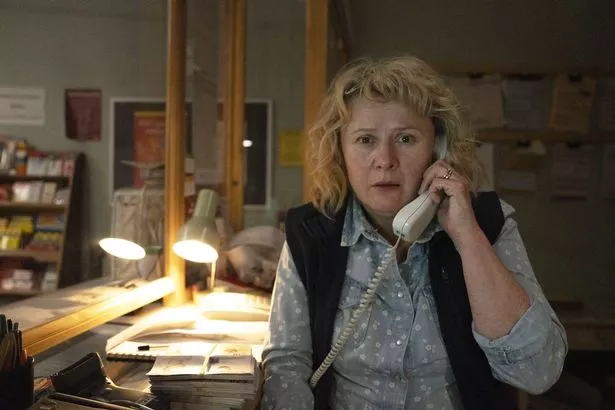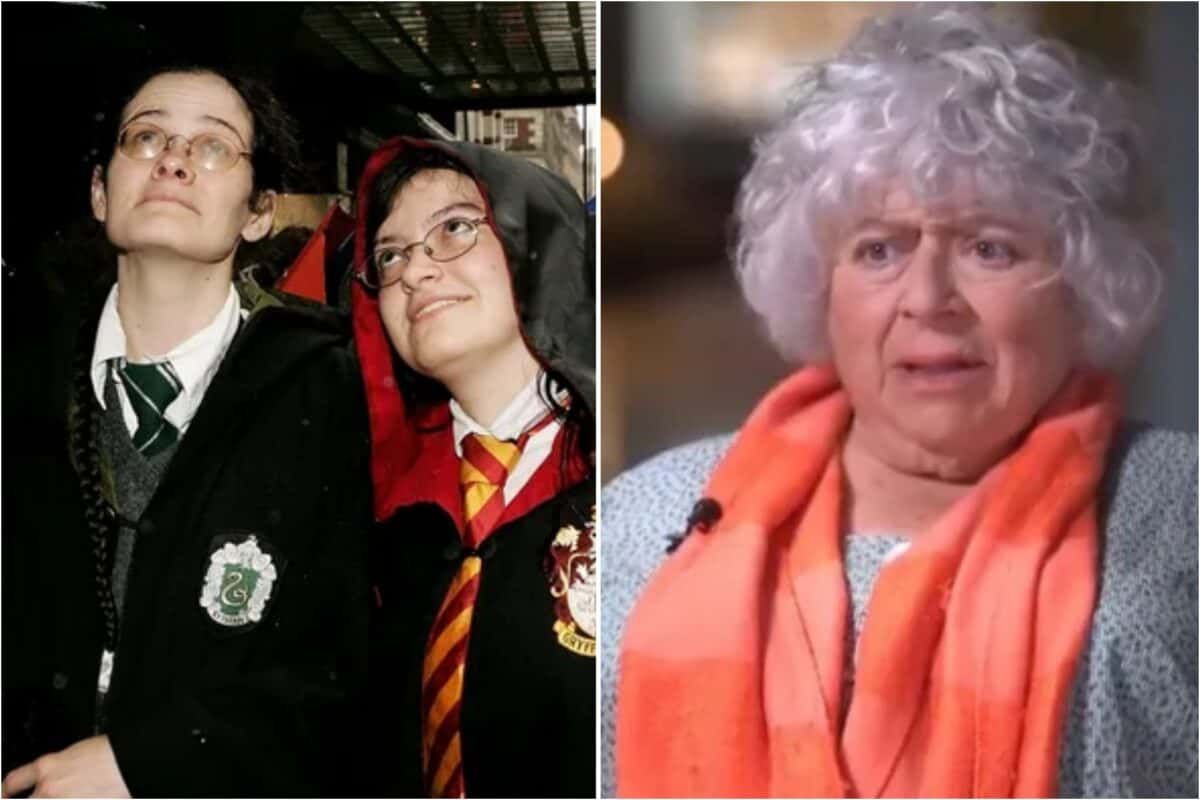
Why Falling Gets More Dangerous As We Age – Health Digest
Falling can pose serious health risks to anyone at any age. From broken bones to fractures to brain damage, falls can result in serious injury or death. However, science shows that the severity, location, frequency, and even activities related to falling are different across age groups.
In a 2005 study published in BMC Public Health, researchers used self-reported data to examine the various factors that influenced nearly 1,500 falls across young people, middle-aged individuals, and older adults — the majority of which resided in the Baltimore-Washington, DC region. While participants of all ages most often identified ambulation (moving around) as the reason for their fall, there were notable differences in the related circumstances between age groups.
The study findings showed young adults between the ages of 20 and 45 were more likely to fall outdoors, in relation to running, and were more susceptible to wrist, hand, knee, or ankle injuries. Conversely, adults over the age of 65 were more prone to falling indoors, in relation to walking, and were most likely to injure their knees and head. Overall, falling incident rates were highest among older adults.
Aging-related physical and mental changes
 PattyPhoto/Shutterstock
PattyPhoto/Shutterstock
The National Council on Aging (NCOA) cites that between 2007 and 2016, fall-related deaths in older adults increased 30%. Even more, by 2030, experts estimate that seven deadly falls will occur on an hourly basis. Falls are currently the number one cause of death among the elderly population.
So why are older adults more prone to dangerous falls? The answer is multi-faceted. For one, our mind and body go through changes as we age. This may include cognitive decline, decreases in muscle strength, changes in gait, reduced vision, and more, according to 2020 research published in the Indian Journal of Orthopaedics. Additionally, bone density also decreases with age. As a result, many older adult’s skeletal structure is more fragile, making them prone to more significant injuries, such as fractures. Research shows that older adults who experience a hip fracture are 27% more likely to die within one year’s time. Older adults also tend to be susceptible to more health conditions and may take more medications. Some of these may affect balance or awareness, such as sedatives.
Reducing fall risk
 sasirin pamai/Shutterstock
sasirin pamai/Shutterstock
Falling becomes more dangerous as we transition into older adulthood because it’s harder for the body to respond and recover. For example, natural changes to the nervous system over time make it more difficult for older adults to regain stability if their balance is thrown off. Furthermore, typical decreases in muscle strength or stiffening in the joints can make mobility more challenging.
Aging bodies also don’t heal as quickly as they once did. This was evidenced in a 2016 animal study, in which researchers observed slower wound healing in older mice when compared to younger mice. The study team attributed this difference to interferences in the molecular messaging between immune cells and skin cells that occur with age.
For these reasons, experts emphasize the importance of taking preventative measures by patients, caretakers, and the medical community. This can range from raising awareness, installing safety devices in the home like grab bars or nightlights, and altering any medications that may increase one’s risk for falls. Additionally, older adults are encouraged to get routine exercise. They should prioritize physical activities that target balance, muscle strengthening, and coordination.


































